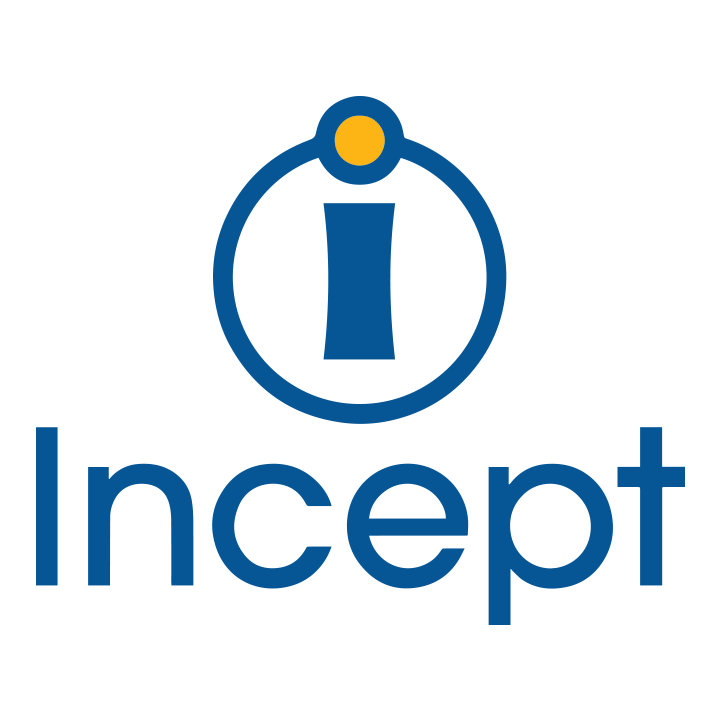Understanding how to reduce hold time in a call center to increase agent productivity and customer satisfaction is something we excel at and want to help your business with too. There are so many benefits to working to assist customers as soon as possible—customer experience being at the top of the list!
In this blog post, we go over the top 5 ways to reduce call hold time for your call center.
Provide Customers With The Option To Get A Callback
Nobody likes being kept on hold. In fact, one recent study showed that up to 60% of respondents thought that being on hold for a single minute was too long! Obviously, it’s not realistic to have a one-minute hold time at your call center all the time – the average hold time at most call centers is around 13 minutes, according to statistics gathered by Hubspot.
So, what’s the solution? Giving customers the option to get a callback! This is a feature that can be implemented automatically in many types of customer support software. When a customer calls your call center, they can get an estimate of their hold time. Then, after a minute or two, your software can offer them the option to get a callback from your team, and their phone number will be collected automatically. As soon as a customer service agent is available, they can call the customer back and handle their issue.
With callbacks, there’s no need for customers to stay on the line and endure frustratingly long hold times. They can schedule a callback, hang up, and get back to their daily routine. Then, when the customer’s phone rings, they can just pick up the phone, talk to your customer service team, and resolve their problem.
Decrease hold times with Live Chat, Texting, and Email
In a previous blog post, we talked about how adding live chat into your conversational marketing strategy is beneficial to your business and improving customer relations. When you’re able to provide chat options during a checkout, your conversion rate only increases because your customer is assisted while they’re cart is open rather than being required to abandon it to get help.
Texting and email are also great ways to minimize wait times to get in touch with an agent. Over 6 out of 10 consumers in the US would rather a digital self-service tool, like website or messaging platforms to avoid being placed on hold. These alternatives allow agents to help multiple people at once rather than one call at a time.
Reduce Average Handle Time (AHT)
One of the most common ways to reduce call center hold time is to reduce average handle time. Average handle time (AHT) is a common contact center key performance indicator (KPI) that assesses efficiency and productivity without compromising customer satisfaction.
The key is to answer the customer’s question or solve their problem in as little time as possible (without making them feel rushed), so they can get back to what they were doing, and you can help another person.
There are a variety of ways that a contact center can decrease average handling time. Start the call by keeping the greeting short and sweet—introduce yourself and ask how you can help. Provide your agents with an internal knowledge base so they can quickly find an answer without needing to put the customer on hold. Recording and analyzing calls is a great way to learn how your agents communicate and determine areas of improvement to help them shorten call time.
Minimize Note-Taking Post-Call
Reducing the amount of time an agent spends completing notes post-call will free them up faster to assist the next person in the queue. After-call work can me minimized in a couple of ways starting with taking notes while in the call rather than waiting to complete everything after hanging up.
Taking detailed notes during the call will provide the most accurate information because your agents won’t need to spend time trying to remember specific call details. They can also shorten their reporting time by using abbreviations for commonly used words.
Provide Employees with Adequate Training
At Incept, we pride ourselves on giving our employees appropriate training to be able to handle calls and a wide variety of situations on their own in a timely manner. We’ve also seen an improvement in agents’ performance when we provide coaching based on reviewing their recent calls.
When you provide your call center employees resources to help them improve and grow, it’ll result in more skilled agents which then ultimately leads to reduced hold times. Learn more about Incept’s culture here.
Monitor Employee’s Call and Post-Call Activity
Supervisors should regularly monitor the call queue for a couple reasons. First, you always want to be aware of how long customers are on hold and get an agent helping them as soon as possible.
Second, if you notice an agent whose call status is either on a call or post-call for a lengthy period, following up with them to assist them if they are experiencing problems will help them complete the call and answer a new incoming call.
Download our guide to help you reduce call hold times!
Hold times can greatly impact client experience which can result in negative impacts such as dissatisfied customers, or even returns or cancellations.
Using our expertise in inbound telemarketing, we’ve created a guide to help you improve customer experience by decreasing call hold times.
In this guide you’ll get information on:
Other services to offer that we’ve found to best support your phone campaigns
Steps to take to ensure your agents are the most productive and assist customers in a timely manner


